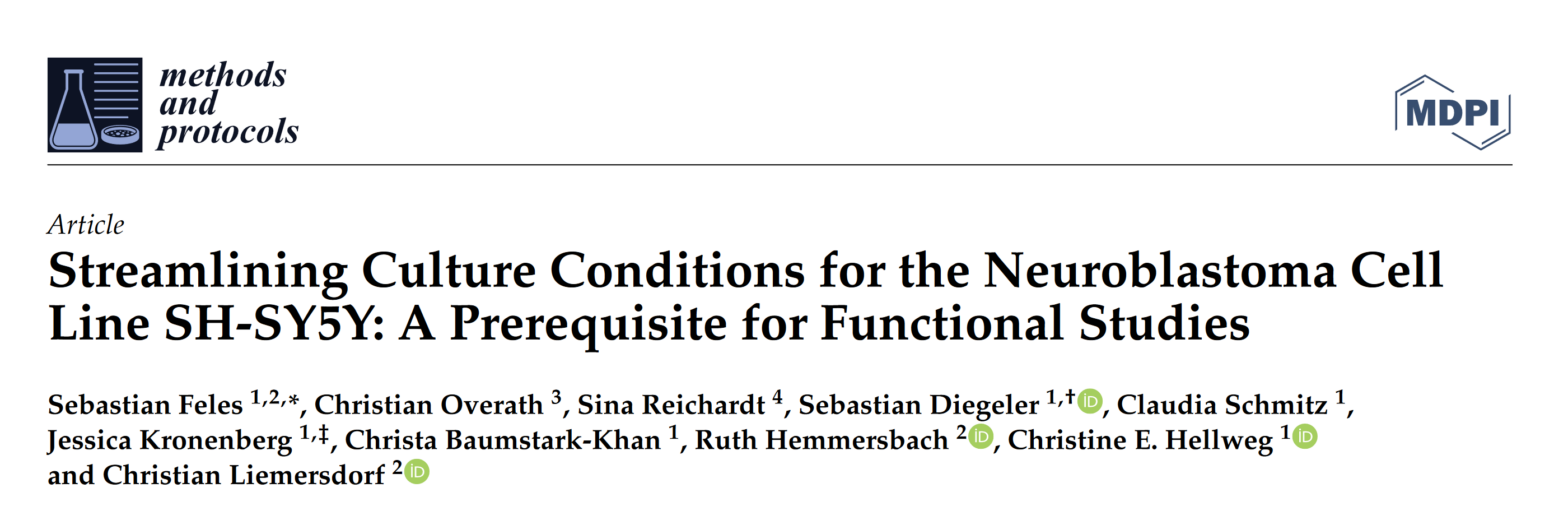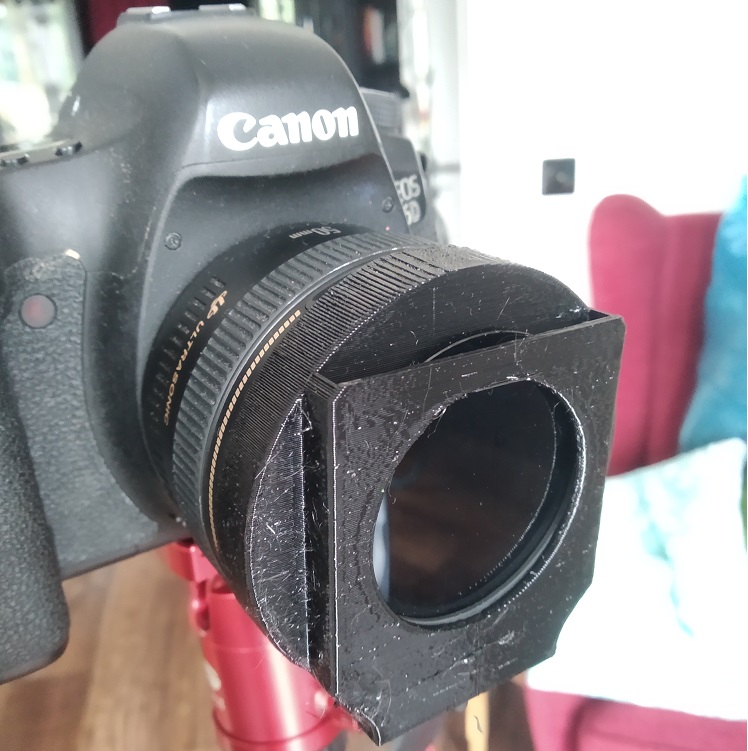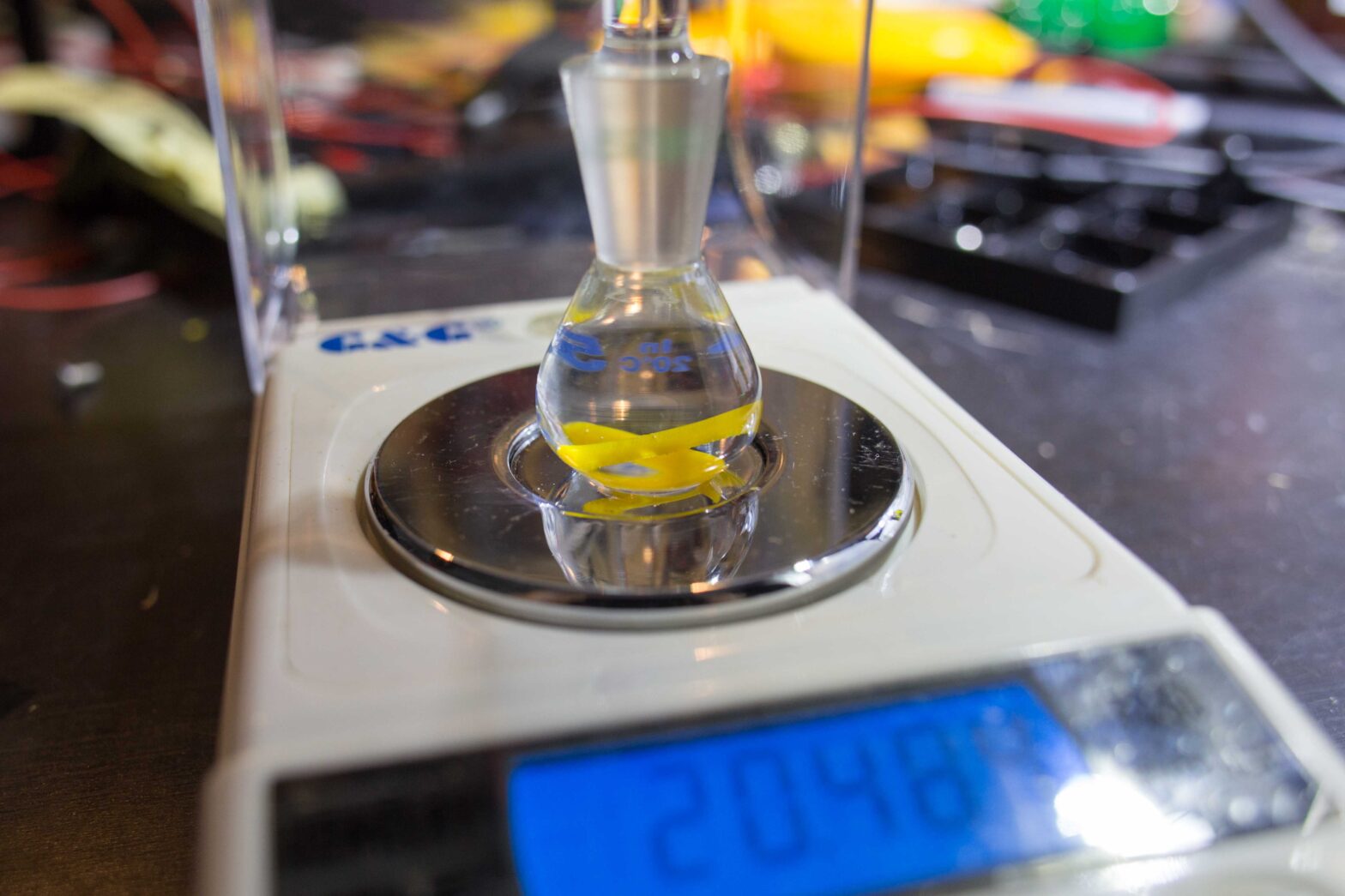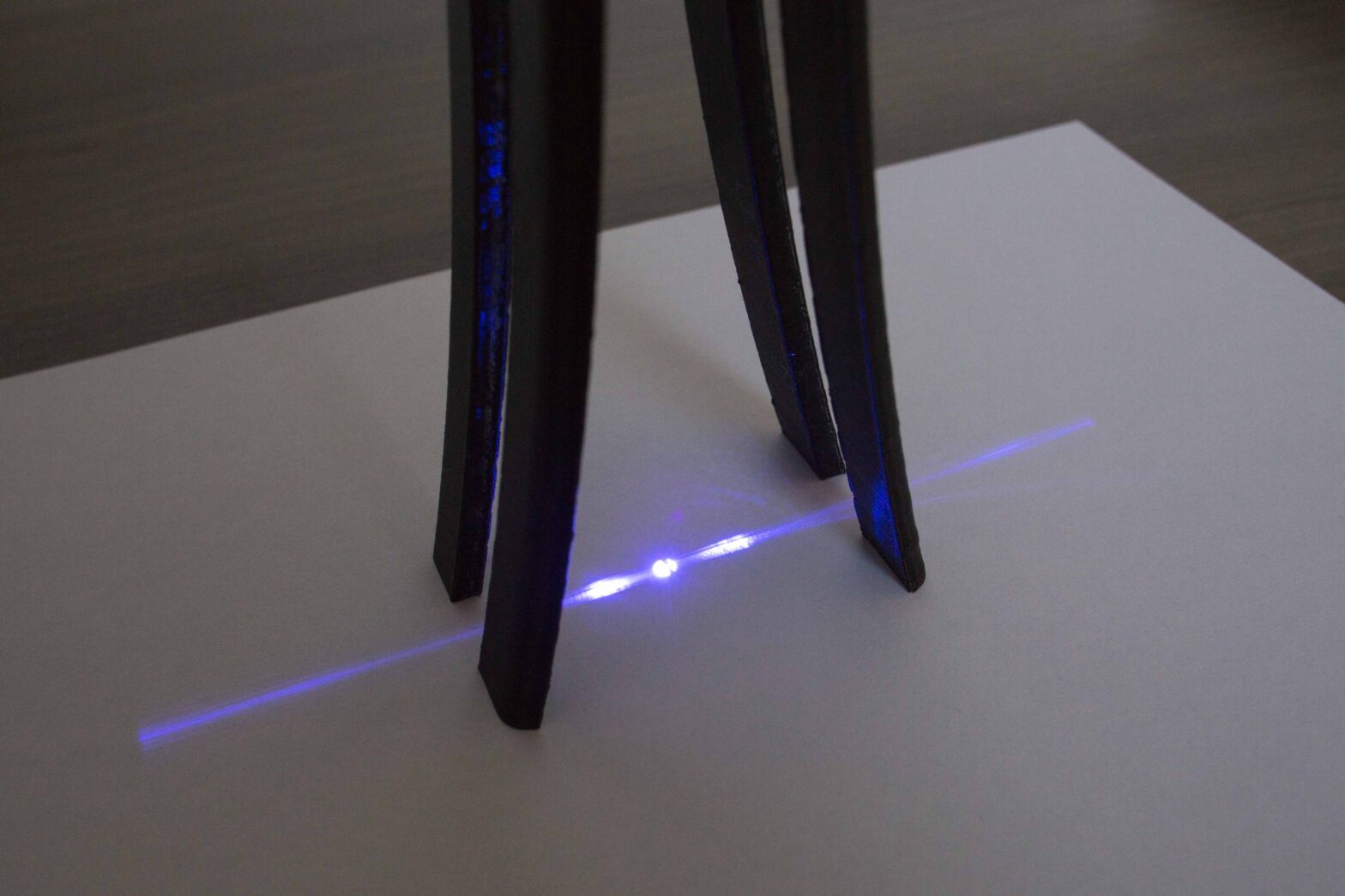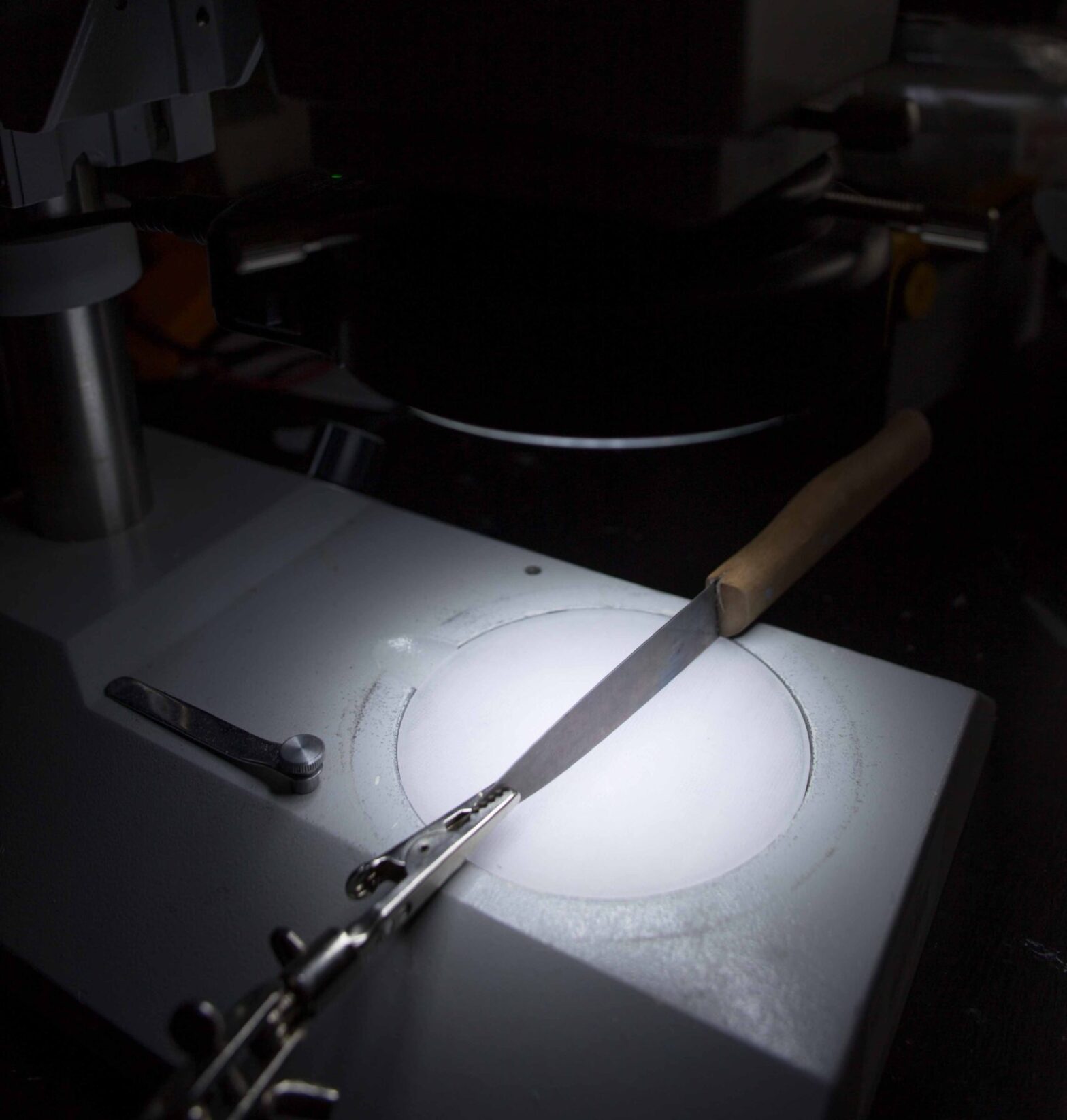After many years of hard work, my first first author publication was accepted at MDPI: Methods and Protocols. The paper has been published as open access and can be freely viewed at MDPI. The neuroblastoma cell line SH-SY5Y has been a well-established and very popular in vitro model in neuroscience for decades, especially focusing on …
Continue reading “New scientific publication about the neuroblastoma cell line SH-SY5Y”
